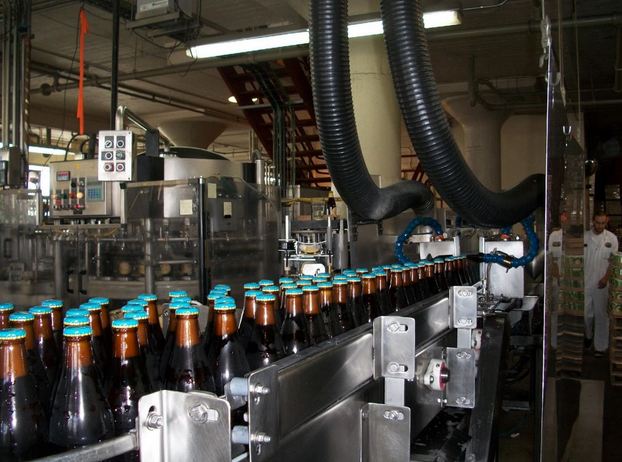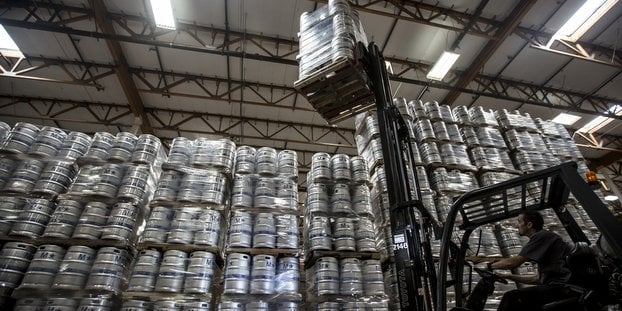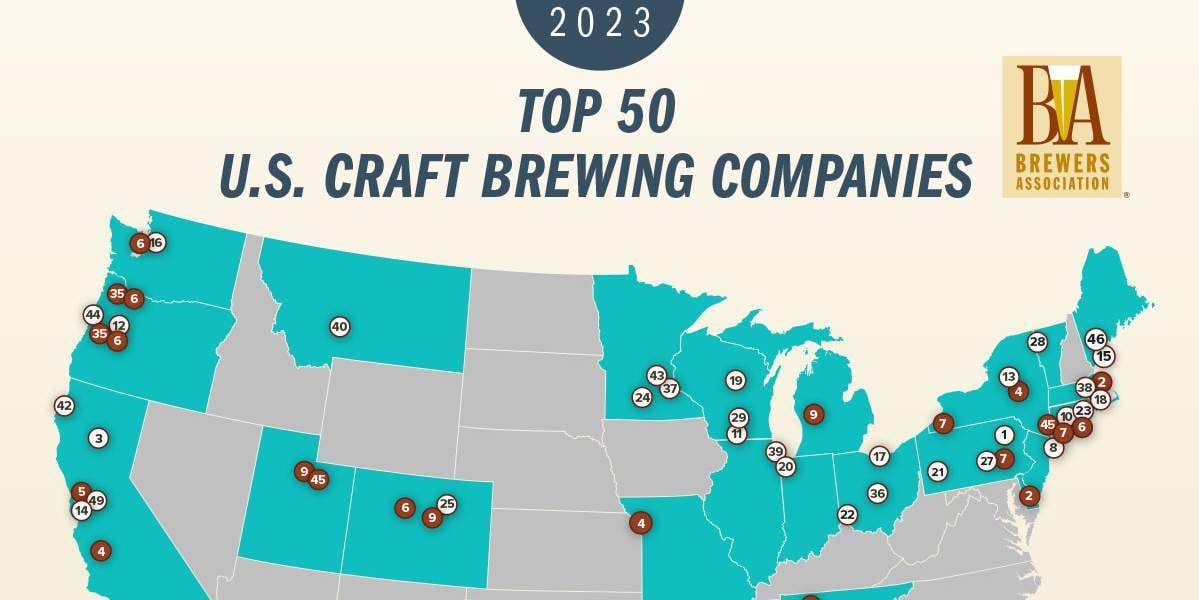
Beer is your product. Success in your brewery depends on making great beer and making great profits. As we mentioned in our headline, profitability depends on knowing what the beer costs. Craft breweries are small manufacturers. In the finance world, to properly account for the costs of a brewery, we need to use manufacturing accounting. No need to be an accountant, just need to learn a few common sense concepts. This article will give you grounding in the ABCs of your product costs so that you can make great profits to go along with the great beer.
The ABCs of product costing
- Know your costs: why it’s important
- The building blocks: direct material, direct labor and overhead
- How to implement a simple product costing system
Know your costs
As business people, we constantly strive to get better prices on the things we buy for our business: cans, bottles, carriers, mother cartons, etc. If there is an opportunity to save 5 or 10 percent without sacrificing quality or service, we jump on it. That’s just good business. The process of product costing is the same thing; however, we widen the lens and focus on every cost that goes into your beer. When you know all the costs, you begin to understand how they work together. Next, you understand how you can influence those costs, so that you can gain control of expenses and improve profitability.
As your business grows and the numbers become larger, this concept becomes more important. Set the foundation now. Know your costs.
The building blocks of product costing
As noted above, breweries are small manufacturers, so a basic understanding of manufacturing accounting is required to know your costs. Don’t panic. I will explain this in common sense language. No accounting mumbo jumbo. The building blocks of your product costs are: direct labor, direct material and overhead. In a nutshell, these represent the cost of ingredients and packaging, the time to put it all together and the overhead costs to make sure the operation runs smoothly.
Direct labor: This is the amount of time and payroll it takes to make your beer. Add up how much time it takes to make the beer and multiply that by the pay rate of the folks making the beer.
Direct material: This is the cost of water, malt, hops and other ingredients that make up the beer. It includes the cost of bottles or cans, carriers and other materials used in packaged beer.
Overhead: This is the cost of everything else needed to produce your beer. Examples include the cost of utilities, water/sewer, lease expense and a portion of the cost of your brewing equipment (based on the depreciation expense).
All of these items taken together make up what’s called the bill of materials — the beer recipe and the time needed to make it. Tracking all this may seem like a lot of work. Below I’ll cover two easy steps to get you started.
How to implement a simple product costing system

Do these two things to start: Calculate your standard costs and count your inventory regularly. These two things are like the 80/20 rule of understanding and staying on top of your product costs. If you haven’t heard of it, the 80/20 rule, otherwise known as the Pareto principle or law of the vital few, says that, for many events, roughly 80 percent of the effects come from 20 percent of the causes. I estimate that 80 percent of your product cost effects (improvement) will come from these two causes.
The 80/20 of product costs
- Calculate your standard costs
- Count your inventory on a regular basis
Calculate standard cost
Standard costs are the expected costs to make and package your beer. You can also think of this as the average cost of your beer. The actual cost will vary somewhat from batch to batch, but standard cost is intended to provide a good average. This gives you a benchmark understanding of what your beer costs. With standard cost, there is no need to record all the time and materials every time you brew a batch of beer, just do it once, and calculate your standard cost. The simplest approach is to capture the total costs associated with a brewing and packaging cycle, and then present the costs however they are most meaningful.
For example, if a 15-barrel batch of kegged beer costs $750, this works out to a standard cost of $50 per barrel. This cost per barrel is useful when pricing your kegs for sale. Packaged beer will have a different standard cost to include the cost of cans or bottles, carriers and cartons and other packaging. To calculate standard costs, begin with the building blocks: direct labor, direct material and overhead. Add them all up, and this is your standard cost.
Direct Labor + Direct Material + Overhead = Standard Cost
Count your inventory regularly

Regular and consistent counts of your inventory are among the most important things you can do to control your product costs. Counts ensure that the materials you think are there, are actually there. Counts also ensure you don’t end up with a nasty surprise in the form of missing inventory. Missing inventory equals a write off. A write off is an expense that lowers your net income. It’s bad for your brewing schedule and worse for your income statement.
If you take nothing else away from this article, please remember this: Count your inventory regularly, match it up to the records in your inventory system and analyze any variances. I’ve been burned so many times on this issue. It would be a personal favor if you would do this. I thank you, and your income statement thanks you. In a previous article, I wrote about the basics of a good count process. Your inventory has feet and can disappear. Few things will hurt your products cost more than poor inventory count practices. Use this template to get ideas for your count process.
Wrap up
Profitability depends on understanding your product costs. Understand your costs so that you can gain control over them. If you can control your costs, you can control your profit and perhaps your destiny. Review the ABC’s of product costing and try out the ideas in your brewery.
Know your costs
- Learn the building blocks: direct material, direct labor and overhead
- Implement a simple product costing system
You’ve got great beer, now it’s time to work on great profits. After all, if you aren’t profitable, you won’t be making beer much longer. The world needs your beer and you need to be profitable. Learn the ABCs so we can all enjoy your beer for years to come.
Kary Shumway is the founder of Beer Business Finance, an online resource for beer industry professionals. Shumway has worked in the beer industry for more than 20 years as a Certified Public Accountant and currently as chief financial officer for Clarke Distributors Inc. in Keene, N.H. Beer Business Finance publishes a weekly beer industry finance newsletter, offers guide books on topics such as sales compensation planning, SKU management and financial literacy and produces a weekly podcast. The newsletter with a free six-month trial, industry guides and podcast are all available at www.BeerBusinessFinance.com.





[…] This article is a great intro to costing and inventory control for breweries. […]